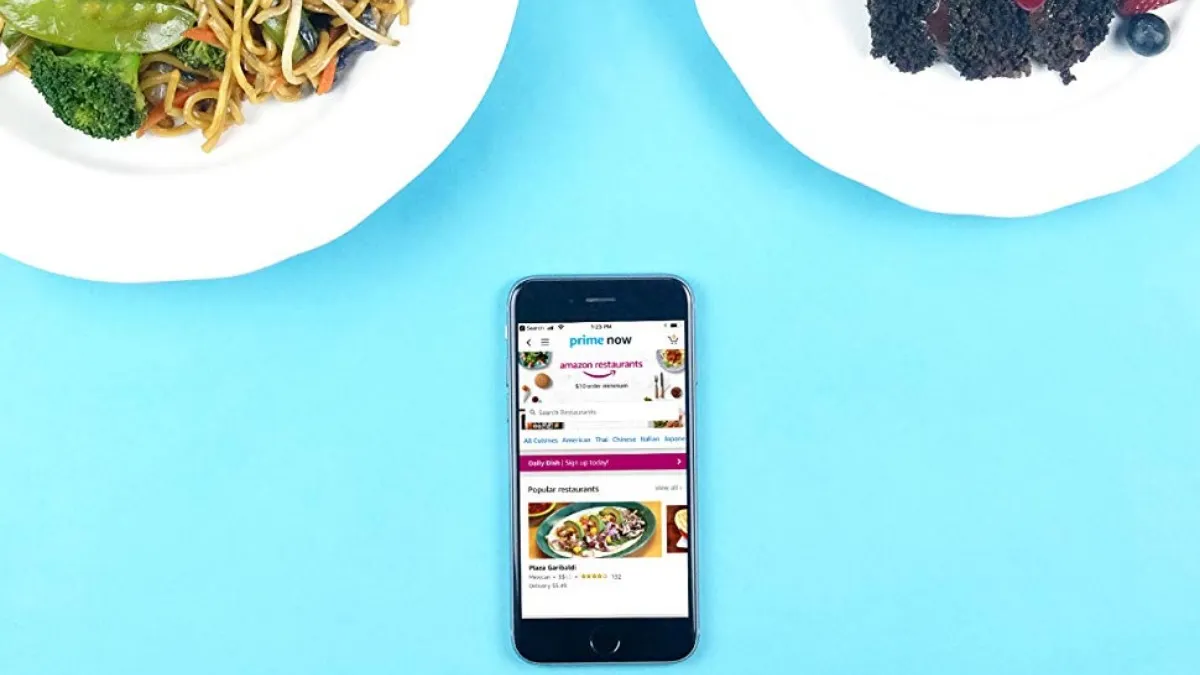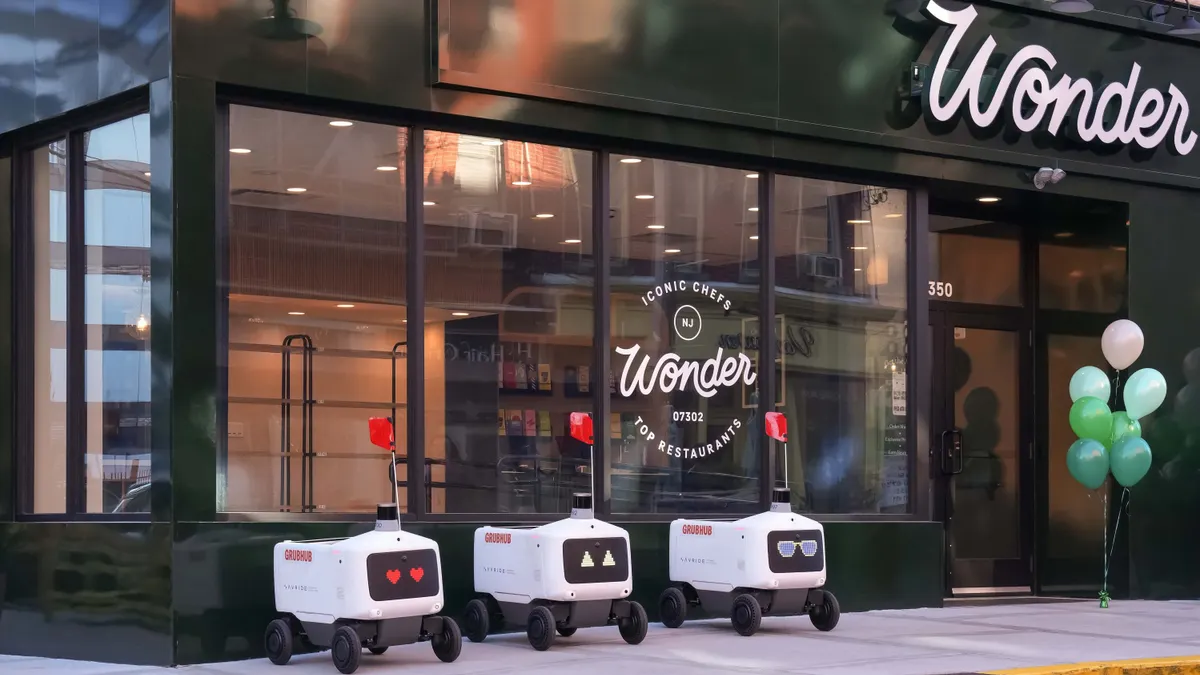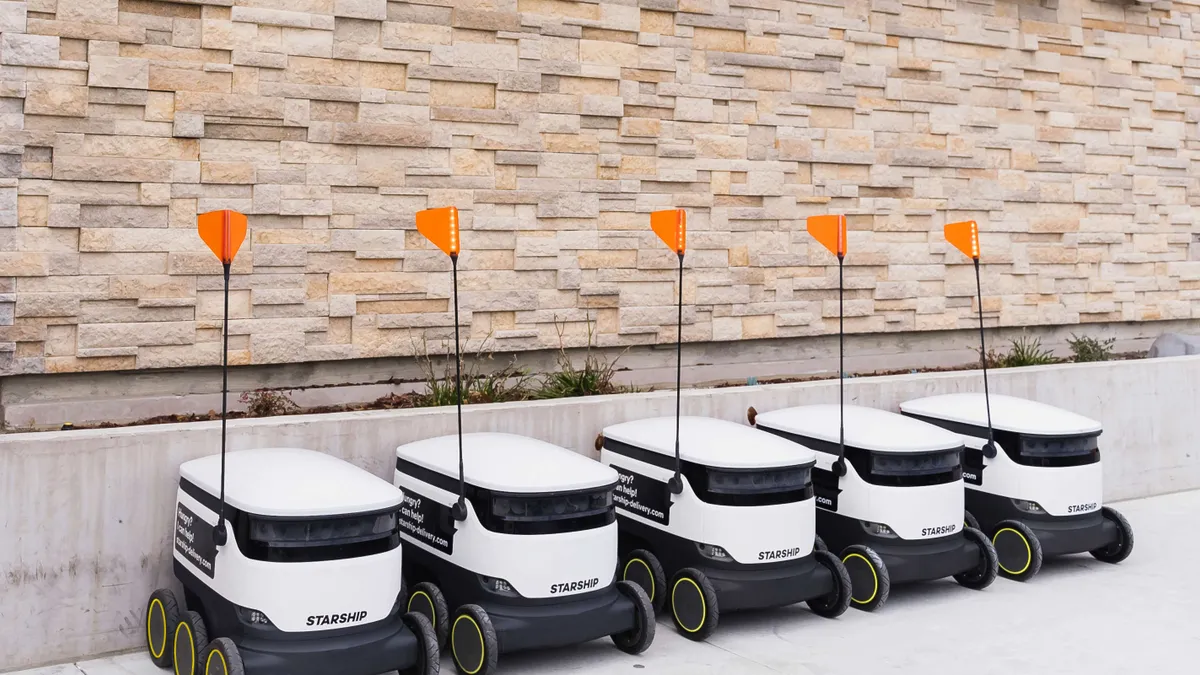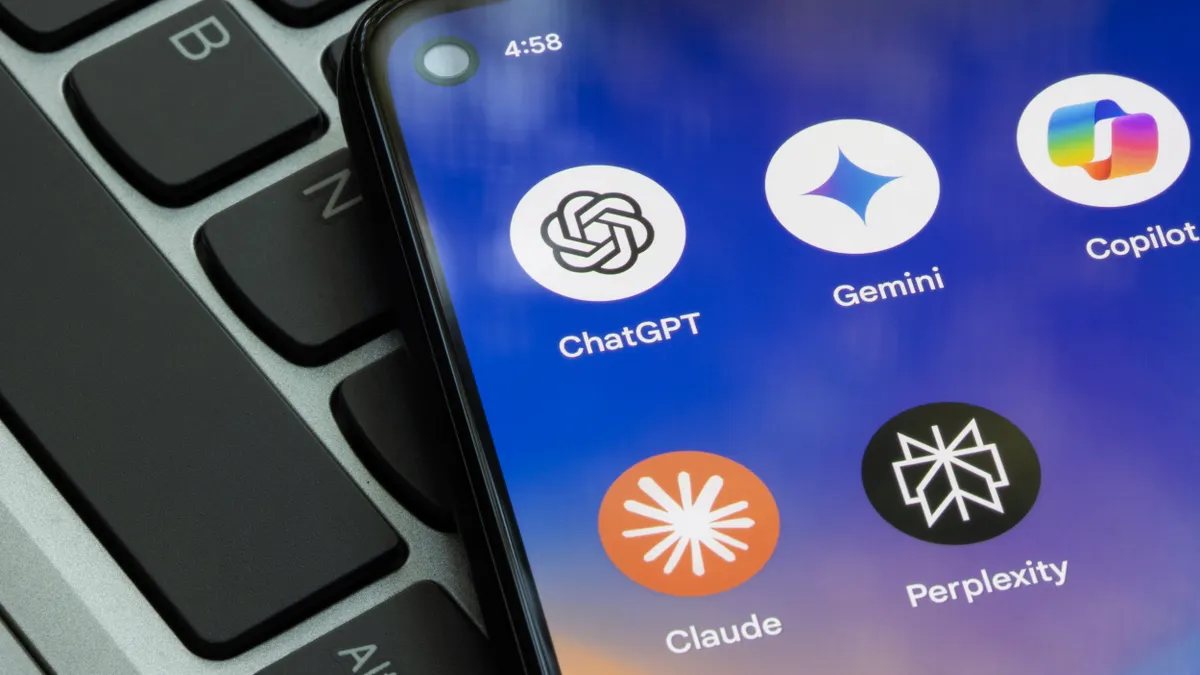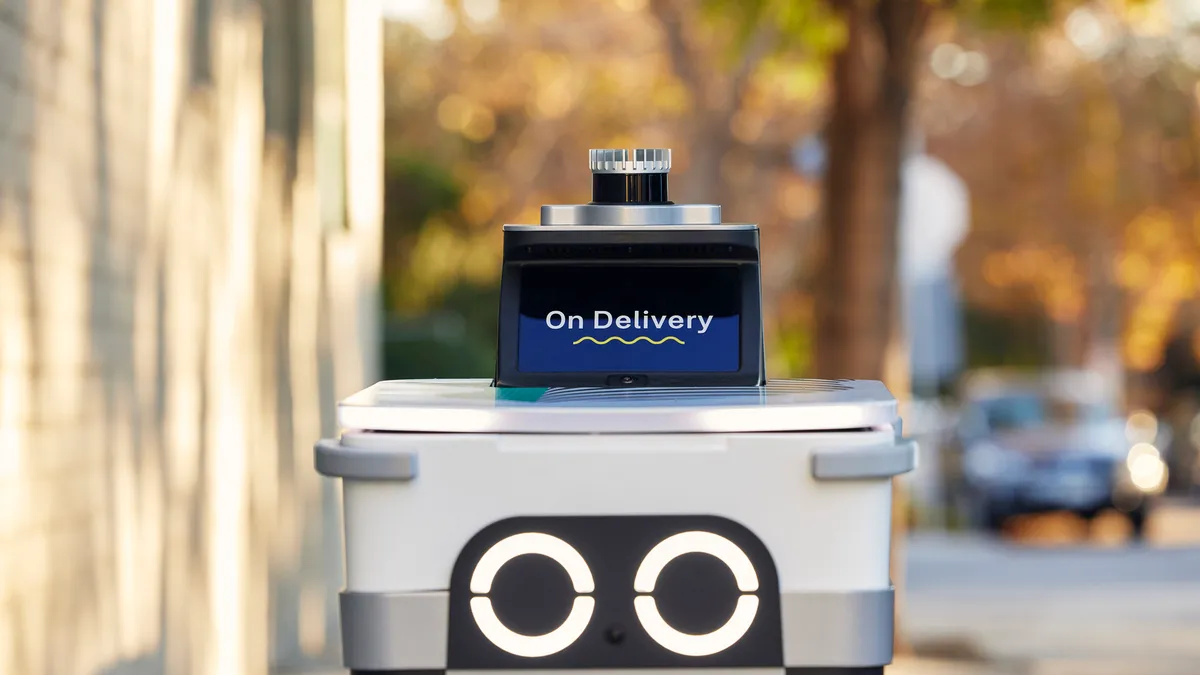Amazon's restaurant delivery venture was a failure. But it's just a footnote in the company's long history of botched experiments — a side effect of its aggressive innovation strategy — and unlikely to keep it from competing in the segment, analysts say.
"In the Amazon environment, they're very public about the fact that failure isn't failure … the way the rest of us might think of it," Danny Silverman, CMO at advisory service Edge by Ascential, told Restaurant Dive.
After the company shuttered the service in the U.K. last year, for example, it led a $575 million fund for third-party delivery leader Deliveroo. Once it ceases domestic operations on June 24, experts expect it to take a similar stake in a major U.S. player, predicting a delivery future made via carefully placed investments.
"They've gotten the learning that they need to know, perhaps concluded that the economics aren't viable as is, but I don't think that means that they are exiting [this space] entirely," Silverman said.
Amazon usually takes what it learns from one area and uses it to be successful in a related space, Charles O'Shea, vice president and senior credit officer at Moody's, told Restaurant Dive.
"[Amazon is] not afraid to back away and move in another direction," O'Shea said. "A lot is going on in Seattle. There are a lot of irons in the fire and a lot of fires are not going to be hot."
For example, Amazon tried its own phones for a short period of time, found the market wasn't there and pulled out. While many people said they failed at phones, its Alexa system is now widely available on smartphones, O'Shea said.
"Did they really fail at phones?" he said. "There are different ways … to measure success in retail."
Now that it's pulled out of restaurant delivery, it is entirely likely that it will put that experience toward its larger focus, he said. Amazon will take what it learned and apply it to its overall delivery business, which makes this experience a valuable lesson, O'Shea said.
"[Amazon is] not afraid to back away and move in another direction. ... There are a lot of irons in the fire and a lot of fires are not going to be hot."

Charles O'Shea
Moody's vice president and senior credit officer
What killed Amazon Restaurants
The problems that led to Amazon Restaurants' departure also hold valuable insights for delivery players that are still in the game.
When Amazon launched the service in the U.S. in 2015, it was part of the Prime Membership umbrella. The pricing was innovative to start. Delivery would become free after the cost of the order reached a certain threshold, Mizuho Senior Research Analyst Jeremy Scott told Restaurant Dive.
What ended up happening is other competitors started offering free delivery, which made Amazon's model less compelling, Scott said. Using the Amazon's Prime subscription model, where users pay a monthly or annual fee to get a variety of services, meant that users were essentially getting restaurant delivery for free more often than they were paying for it.
Its acquisition of Whole Foods may have also contributed to its lack of investment in restaurant delivery.
"If I'm speculating, I'd say their interest in growing one-hour delivery of Whole Foods … stole their focus and took up most of their time," Scott said.
When Amazon first acquired Whole Foods in 2017, there was also an expectation that the grocery chain could serve food like a restaurant and be a hub for food delivery, he said.
The other issue is that it is difficult to stand out as a brand in restaurant delivery because companies are delivering someone else's product, Silverman said.
"The only value that's being added is the delivery service itself," he said. "It's hard to differentiate and compete in a market that's already saturated by other providers, and to create value that's worth it to continue to focus and innovate and invest there."
Silverman echoed that it is entirely possible that the company made a trade off to focus on grocery delivery, which is an area it can own itself.
"That supply chain is critical [for] them to own because they can control the quality of the groceries and make sure that [the] end-to-end process is seamless for the consumer," he said.
"It's hard to differentiate and compete in a market that's already saturated by other providers, and to create value that's worth it to continue to focus and innovate and invest there."

Danny Silverman
Edge by Ascential Chief Marketing Officer
Grocery delivery simply gives Amazon more room to innovate and fill in the gaps that are missing in the market, he said.
Because the e-tailer didn't put a lot of effort, manpower, dollars or focus in restaurant delivery it never became a major player, BTIG Managing Director and Restaurant Analyst Peter Saleh told Restaurant Dive. Its biggest market was its home base of Seattle where it had as high as 21% of market share in 2017, but in other large cities, such as New York, Grubhub garnered 85% of the market in 2018 compared to Amazon's 0.1% market share, according to Recode.
Instead, major restaurants have partnered with Uber Eats, DoorDash, Grubhub and Postmates. One of the only big brands to partner with Amazon Restaurants was Red Robin, Saleh said.
"I don't think they were aggressive and active in the sector. [Amazon's departure] shouldn't make a difference," Saleh said.
An acquisition could be ahead
For its next chapter, Scott speculates that it would most likely invest in or acquire a public company like Grubhub. The delivery platform has been working on establishing long-term partnerships with restaurants, offering POS and product integration and sharing data. The company partnered with Yum Brands last year, receiving a $200 million investment from the restaurant company as well, and has since been rolling out an integrated delivery platform for Taco Bell and KFC.
As a public company, Grubhub would also be a cheaper buy than a private player like Caviar, which is owned by Square. Such an acquisition would mean Amazon would have to get into POS, which may not be worth its focus, Scott said.
Amazon's departure is a unique case and not a sign that the market is about to enter a consolidation phase either, Scott added. The top four or five players are still spending big and amassing capital. Grubhub, for example, bought LevelUp last year for $390 million, which will allow it to provide restaurants more services, from loyalty to analytics and POS integration.
"This just reconfirms if you're not putting money to work now to win market share, then you are unlikely to succeed in the long term," Scott said.
Emma Liem contributed to this report.



